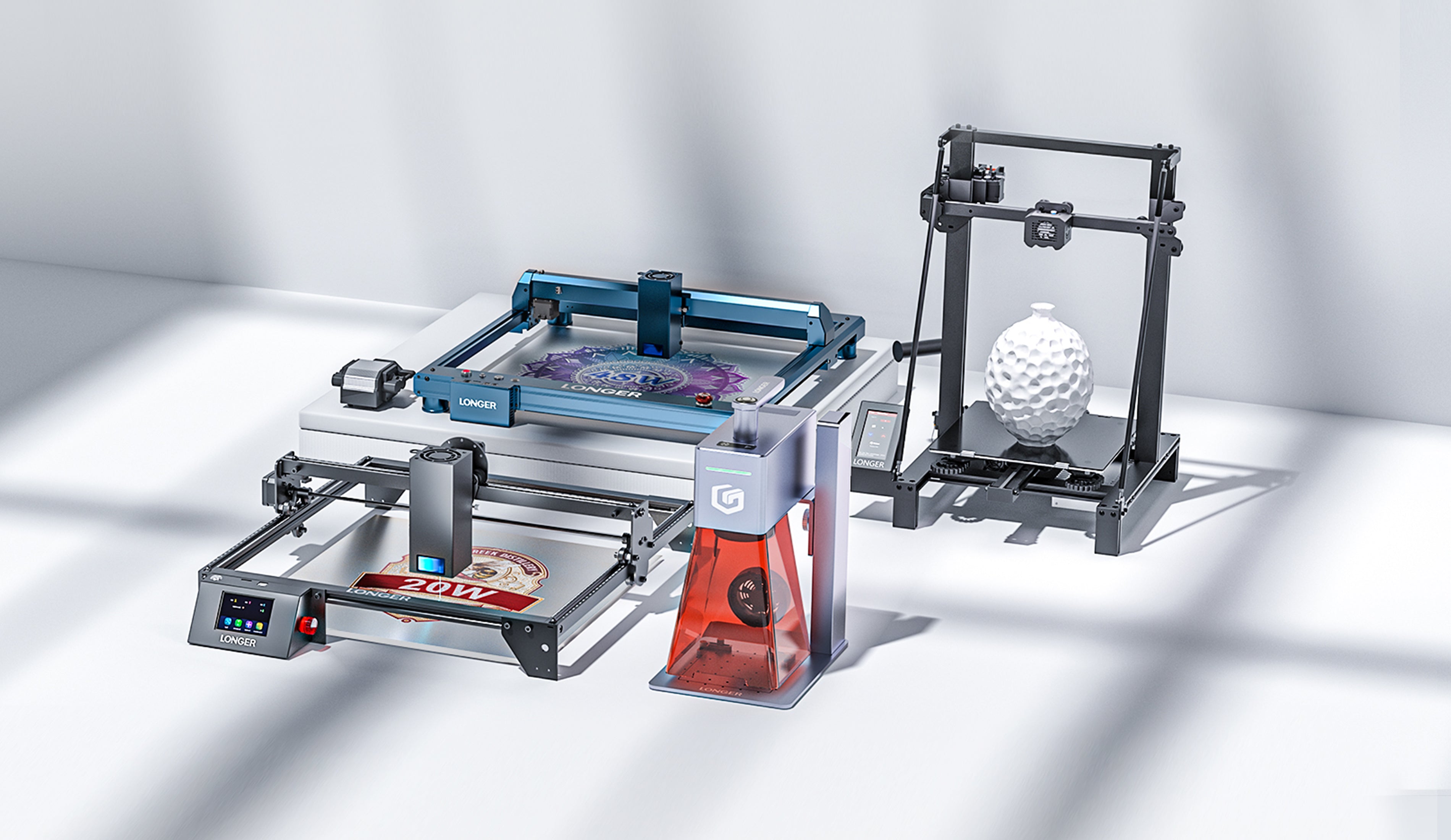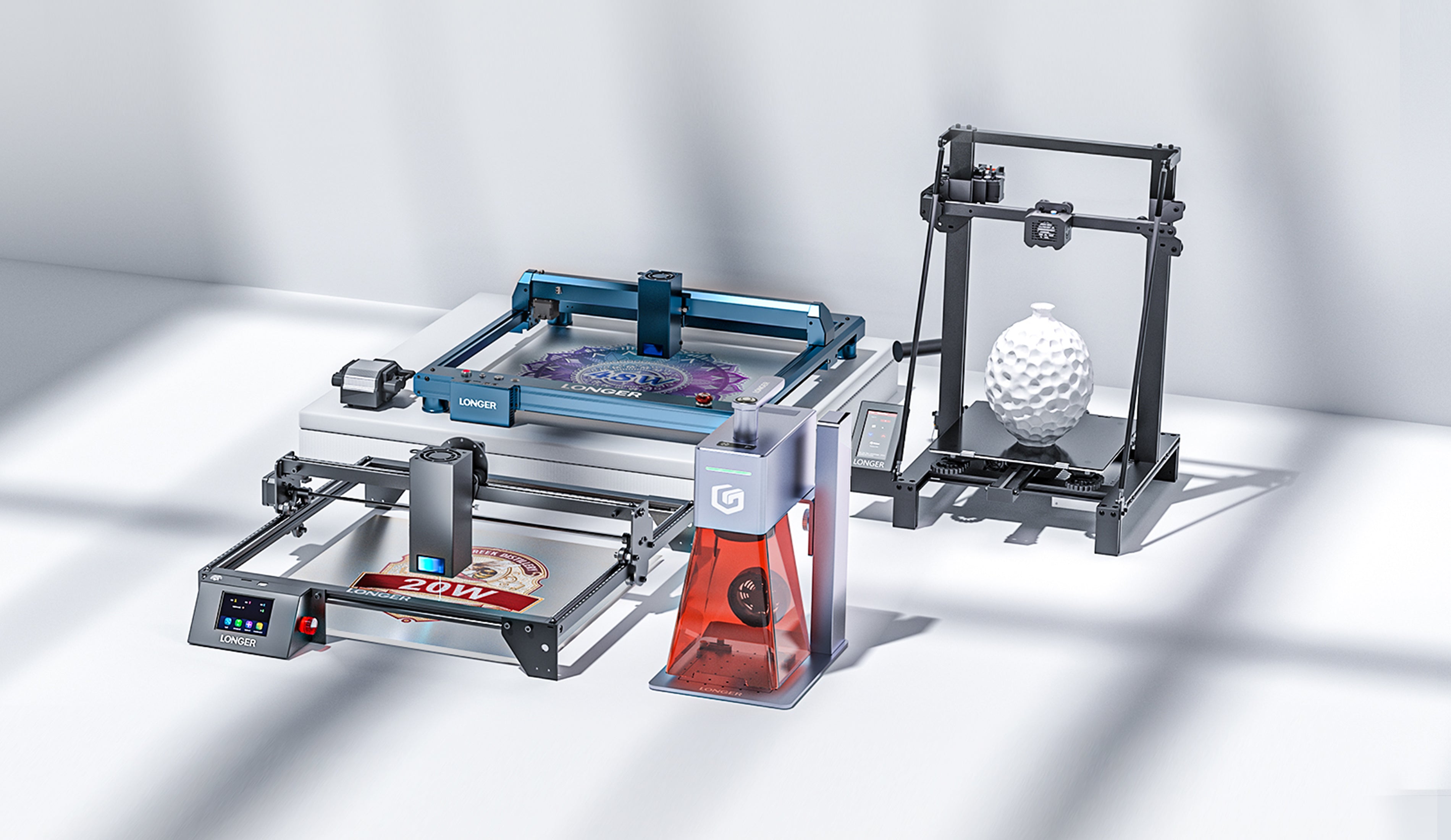Trending searches
Popular collections
Carrello ($0)
Carrello ($0)





Laser is produced by the process of stimulated radiation and is the abbreviation of "Light Amplification by Stimulated Emission of Radiation". Stimulated emission was proposed by Einstein in 1917, and Dirac first experimentally proved the existence of stimulated emission in 1927. Laser is another major invention of mankind since the 20th century, after atomic energy, computers and semiconductors. It is a kind of artificial light and is known as "the fastest knife", "the most accurate ruler" and "the brightest light". . A laser is a laser generating device with three major functional components: pump source, gain medium, and resonant cavity. The pump source provides the light source for the laser. The gain medium (also called the working material) absorbs the energy provided by the pump source and amplifies the light. The resonant cavity is the loop between the pump light source and the gain medium. The resonant cavity oscillates in a selected mode to output the laser.
Laser processing is a technology that uses high-intensity laser beams, focused by an optical system, to process materials (including metals and non-metals) through the relative movement of the laser beam and the work piece. It is widely used in cutting and etching. , welding and fine micro-processing and many other industrial production fields. Laser processing has significant features such as wide range of processing objects, small deformation, high precision, low energy consumption, low pollution, long-distance processing, and automated processing. It has become a new manufacturing technology and method.
Different lasers use different laser media or structures, oscillation wavelengths, excitation sources, etc. Laser media is a substance containing atoms that can convert the energy of excitation light into laser light. The types of lasers are classified according to the type of the medium, and can be roughly divided into four types. That is, solid lasers, semiconductor lasers, gas lasers, and fiber lasers.
| Kinds of Laser |
Laser Media |
Wavelength |
|
Solid Laser |
Nd:YAG, Nd:YVO4 |
1064nm |
|
Gas Laser |
CO2 |
10600nm |
|
Semiconductor Laser |
AlGaAs, GaN |
375-2000nm |
|
Fiber Laser |
Yb-doped fiber |
1000-1150nm |

Wavelengths of commercially available lasers
Semiconductor lasers, also known as laser diodes, are lasers that use semiconductor materials as their working material. Semiconductor lasers take electric injection semiconductor lasers as an example. GaN, GaAS and other materials are usually added to the semiconductor material to make a semiconductor junction diode. When a large enough current is injected into the diode, the electrons (negatively charged) in the middle active region It will spontaneously recombine with holes (positively charged) and release the excess energy in the form of photons, which will then be amplified by multiple reflections in the resonant cavity to form a laser.

Basic structure of semiconductor laser
CO2 gas laser is a laser that uses CO2 gas as the medium. In the tube filled with CO2 gas, electrode plates are arranged to generate discharge. The electrode plate is connected to an external power source, allowing it to input high-frequency power as an excitation source. Plasma is generated in the gas due to the discharge between the electrodes, and the CO2 molecules are converted into an excited state. When the number increases, stimulated emission begins.

Structure of CO2 Laser
YAG laser solid laser is a solid laser that uses YAG crystal as the laser medium. YAG refers to the crystallization of Yttrium Aluminum Garnet with the addition of neodymium. The laser is configured such that excitation LDs are arranged on both sides parallel to the axis of the YAG crystal. A pair of mirrors is used to form a resonator, and a Q-switch is placed between them. Used for marking, cutting, engraving, and welding metal.

Structure of YAG solid Laser
Fiber laser uses optical fiber as the medium and is the product of the development of interrupt amplification technology for long-distance communication into high-power output laser. Optical fibers consist of a core that transmits light in the center and a metal cladding that surrounds the core in concentric circles. Fiber laser uses this core as the laser medium to amplify light. The fiber laser is generally composed of pulsed light called a seed light source (Seed Light) generated by a laser diode (Seed LD), and then amplified by more than two fiber amplifiers. The excitation LD is equipped with multiple single-tube emitters (one for the light-emitting layer). Each LD has a low power output, so it has the advantage of small thermal load and achieves a long life. In addition, the greater the number of LDs, the more high-power output laser can be achieved. Fiber laser oscillation efficiency is high, and compared with solid laser and gas laser, it has the characteristics of lower power consumption.

Structure of Fiber Laser
The optical fiber for amplification (preamplifier, main amplifier) has a three-layer structure, including a core and two metal cladding layers. The excitation light enters the inner metal cladding (inner cladding) and the Yb-added core, causing the atoms inside the core to transform into an excited state. The laser is enclosed in the core and advances, and then amplified by exciting atoms. The further it advances in the medium, the stronger the intensity. Unlike solid-state or gas lasers, the light goes in one direction and does not go back and forth.

Optical fiber structure for amplification
Taking the blue laser as an example, its wavelength is 450nm and it is a semiconductor laser using GaN as the working material. Thanks to the high absorption rate of blue light with wood, metal, ceramics, organic matter, etc., and with the mass production and power increase of blue light semiconductor lasers in recent years, it has become possible to apply it to consumer-grade laser engravers and greatly reduces the cost. Compared with CO2 consumer-level engravers of about $5,000, the price of entry-level blue laser engravers, such as LONGER RAY5 5W, is only about $200, while the price of high-power 40W blue laser engraving machines is just $1,399, such as LONGER Laser B1 40W, but can cut depths up to 40mm basswood and 50mm acrylic.
!
